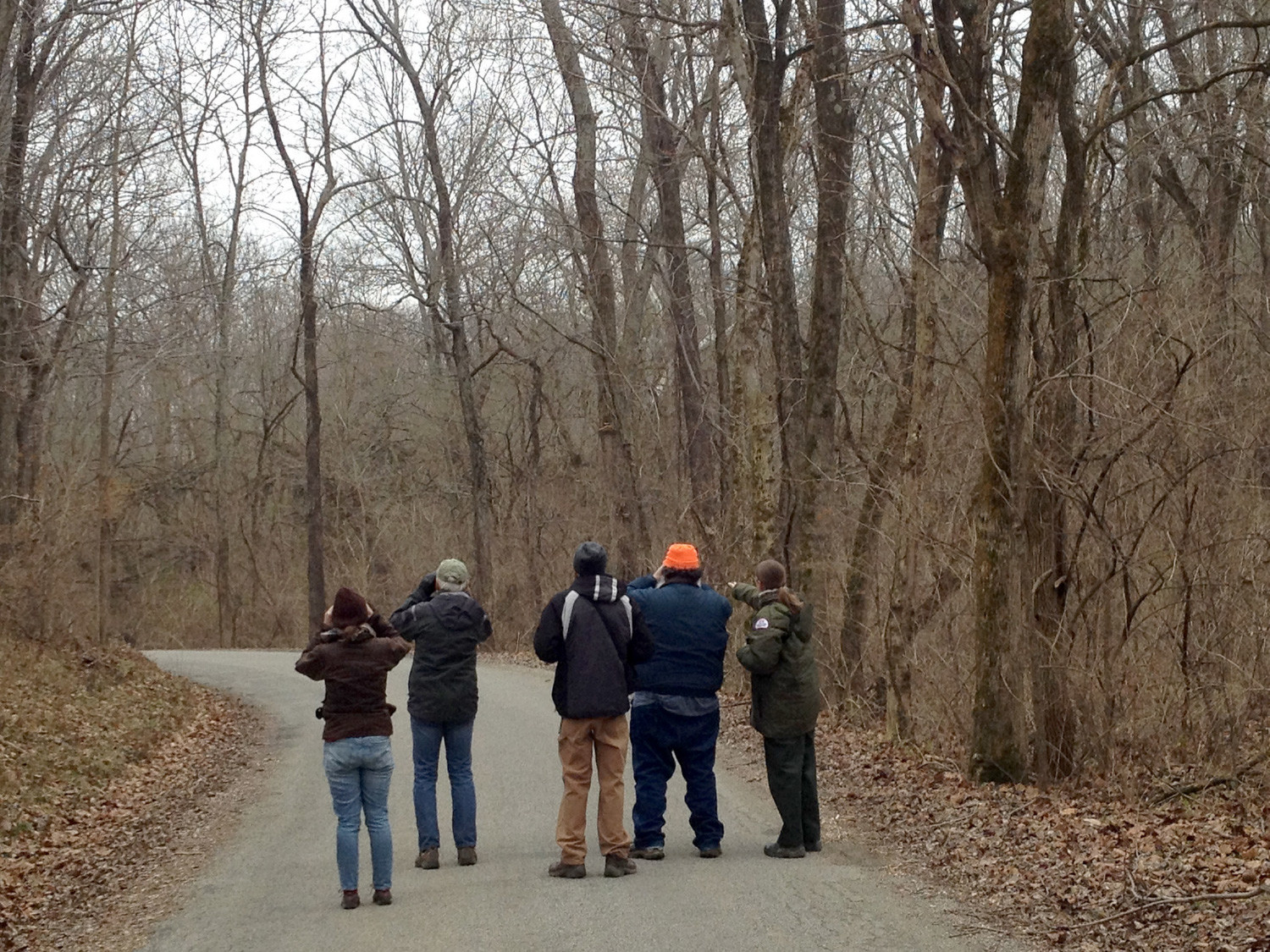A job for the birds: Counting nature’s aviators all over U.S.
This year was the Audubon’s 118th annual Christmas bird count, and I missed it.
Despite the name, the nationwide count can take place on any chosen date within the three-week period between Dec. 14 and Jan. 5, depending on the group.
Begun in 1900 through the efforts of ornithologist Frank M. Chapman of the Museum of Natural History — an officer in the newly organized Audubon Society — it is one of the longest-running citizen scientist projects.
It was devised partially to eliminate the traditional competitive bird hunts scheduled for that period, which resulted in the needless deaths of thousands of birds. Along the way, it created a long-term database of bird populations to evaluate the health of America’s birds nationally and locally.
The entire country is divided into circles 15 miles in diameter. Each circle is under the supervision of a “circle compiler” who organizes that area and decides which date the group will come out. Anyone of any skill level is welcome to join.
The 2017 count documented 2,636 species, and a total number of 56.1 million birds.
The data collected over past years indicates that of the 588 species modeled (based on changes in climate and range), 314 will be under stress.
The dates for the count are now fixed, although for the first 100 years, the dates fluctuated from mid-December to early January. Since the dates changed every year, it caused needless confusion for participants.
For those of us who thought that bird migrations would be over by the deep cold of late December, note that birds are still actively migrating during the official count season. Only those vacationing south of the border already are at their winter grounds.
Temperature plays an important role; mild winter weather will see more birds still in the north while severe temperatures will see more migratory birds already arrived further south.
Historical information also is available on the Audubon website. For example, last year’s statistics from the Bronx-Westchester area — centered in New Rochelle — showed 110 people participated for a total of 240 hours, spotting 118 species. While there was some light rain, there was no snow, and the temperature ranged from 26 to 40 degrees. The species observed are available online.
Another project that monitors bird populations nationwide is the North American Breeding Bird Survey, which is open only to professionals or trained laymen. Not only must the volunteers be able to identify all the birds normally found in their geographic area, they must be able to identify unseen birds from their songs.
At this time, there are approximately 2,000 volunteers working during the June breeding season, tabulating populations with an additional 1,000 people acting as support service, such as driving and doing paperwork.
BBS had its genesis in 1966 through the efforts of Chandler S. Robbins, a biologist with the U.S. Fish and Wildlife Services. In addition to only utilizing professionals, it also used a novel method for surveying the country.
Car routes were designed using secondary and tertiary roads only with each segment being approximately 24.5 miles long. The volunteer makes a three-minute stop every half-mile, counting every bird seen (or heard) within a quarter-mile radius.
Surveys begin 30 minutes before sunrise and take five hours to complete.
Today there are more than 4,100 survey routes covering the continental United States, Canada and northern Mexico.
Another organization dedicated to bird conservation, Partners in Flight, was inaugurated in 1990. It originally focused on the neo-tropical migrants that were not covered by the two previously described organizations. Neo-tropical migrants are those birds which breed in North America but overwinter in South and Central America.
Its mission is to keep common birds common and help species at risk through its 150 partner organizations throughout the Western Hemisphere.
I do intend to participate in another bird count this year beginning Feb. 16. This is the Great Backyard Bird Count run by Cornell Lab of Ornithology, the Audubon Society and Bird Studies Canada. It is another citizen scientist project and is run by eBird, a bird observation platform running throughout the year.
It is easy to create an account and upload observations of bird numbers and species. In past years , there was a separate platform for the backyard bird count. However, the count is now entered on the regular eBird platform, which makes it very easy to use.
There is no minimum time requirement to participate on those, and I enjoy having my morning coffee as the birds vigorously feed on the seed mixture that I put out.
For the truly avid, eBird is running a daily challenge, 365 observations in the next 365 days. Go for it!
Have a thought or comment for Sura Jeselsohn? Email her at greenscenesura@gmail.com.









